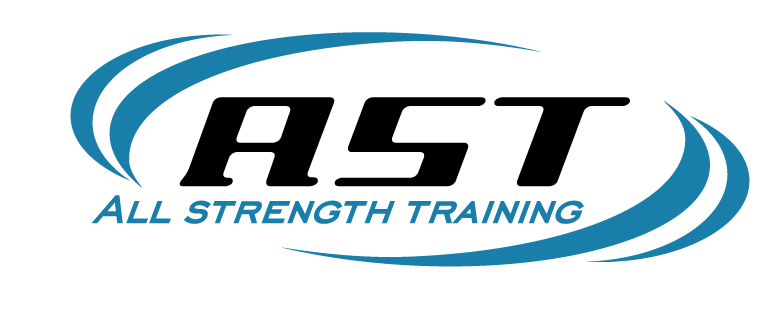One Hip Stretch to Rule Them All
I know two things:
- 99% of chronic pain issues seem to stem from some sort of dysfunction at the hips
- Stretching is unbelievably boring
I’ve been spending the last several weeks forcing myself to put extra time and effort into maintaining the tissue surrounding my hips and pelvis because I’ve noticed some shifting and compensation in my gait and in my squat mechanics that will end up becoming a problem if I don’t fix it, even if I’ve warmed up thoroughly. I’m spending more time on airplanes than I have in a while too, which seems to coincidentally have timed with most airlines having reduced the amount of leg room in a seat to “please store all electronic devices and also your kneecaps in the seat back pocket” levels.
As much as I hate yoga (and I really, really do) there are two huge benefits that I get from doing it (on occasion, usually begrudgingly, and only if I get to look at my wife’s butt while I do it).
Okay, turns out there are THREE benefits if you count that last point.
1. There is a flow that moves from one stretch to another in a way that doesn’t feel haphazard
2. There’s something to follow along and keep pace with in a class setting instead of rushing through it
3. My wife in yoga pants
Taking the benefits I’ve found in yoga with something that can easily be done anywhere evolved into this series of hip stretches. This progression works through a flow of movements that starts with the external rotators of the hip and wraps all the way around to the internal hip rotators over the course of about 5-6 minutes per side. At a little over 13 minutes long you can just put it on and keep pace with it as I show how it works.
And hey, TWO OUT OF THREE AIN’T BAD.
Sequence of Hip Stretches
- 90/90 Internal Rotation Stretch – set up with 90 degrees at the knee and hip on both legs. Gently press the ankle of the trailing leg into the floor – I’ve found that if I don’t do that to create some stability with the internal rotators I tend to get too much hip impingement so I highly recommend not skipping that part. Try to drop your glute toward the floor while sitting as upright as possible.
- Kneeling Hip Stretch – contract the glute of the side you’re stretching to ensure that you don’t begin to extend through the lumbar spine instead of the hip. Push your front knee forward until you feel the hip flexors settle into a stretch.
- Couch Stretch – if your balance isn’t great you may want to set up near a wall or a bench or use a foam roller standing on its end to keep balance. If your quads are especially tight you can wrap a towel or a small band around your ankle to give you something to hold onto without requiring as much flexibility.
- Adductor/Groin Stretch – the goal should be to get as much distance between your legs as possible, not to sit backwards toward the floor or you’ll move the stress too much into your hamstrings. Try to square your hips up with the floor to keep the stretch mostly into the straight leg.
- Modified Hurdler Stretch – I really like how sitting with your ankle underneath your glute allows you to let your bodyweight and gravity take over. Relax as much as possible and let yourself sink into a hamstring stretch with a tall posture to prevent movement at the lumbar spine.
- Pigeon Pose – the sequence starts with internal rotation and finishes with external rotation with a yoga staple. Keep the hips squared up with the floor and make sure any forward bend comes through the hips and not through lower back movement.
Spend about 30-40 seconds in each position before switching. If you’re feeling particularly stiff, you can even work through everything a second time by reversing the sequence before you switch legs. If you’re having lots of mobility issues or noticing more frequent occurrences of back pain, aim to do this as often as possible – daily would be ideal but at a minimum every other day to create lasting changes.

